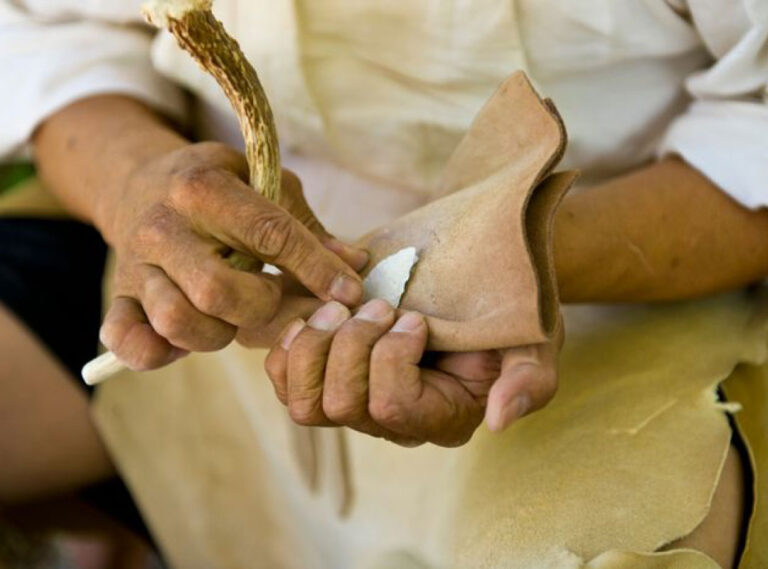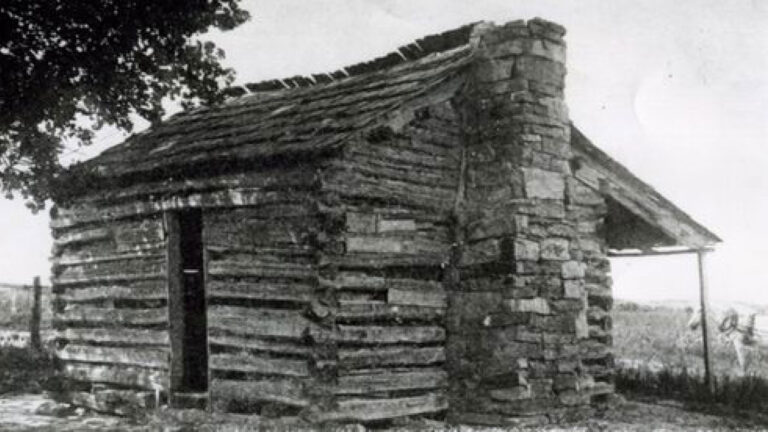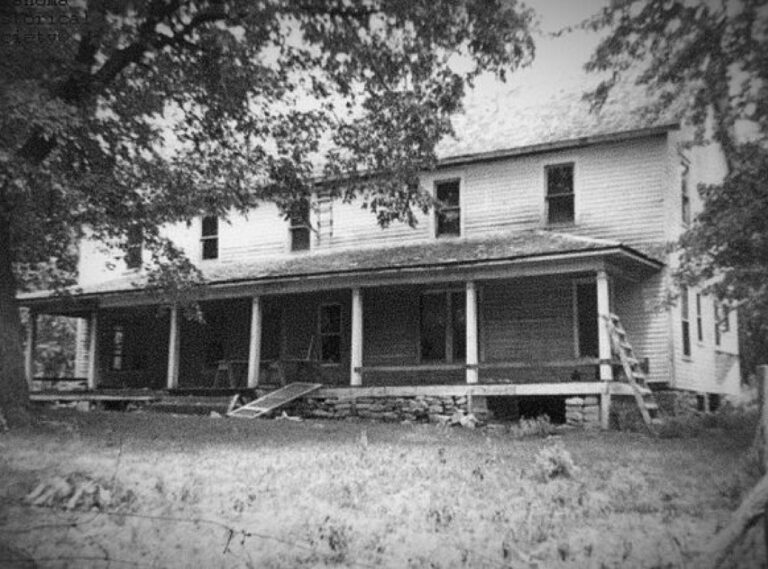Author: Krystan Moser
On September 16, 1893, a shot rang out and more than 100,000 settlers raced to stake a claim on one of 42,000 homesteads in the Cherokee Outlet. The largest of the Oklahoma land runs, the 1893 run opened more land than any other individual run. The land run that resulted created about 42,000 homesteads and towns such as Enid, Perry, Woodward, and Alva. If you travel to Stillwater, Oklahoma, or its surrounding areas, there remains a sense of pride in the pioneering spirit that founded that part of the state. Where did this land come from though? To whom did it belong prior to the land run? The answer is the Cherokee Nation.
In 1835, the Cherokee Nation acquired not only the lands lying within the present-day jurisdictional boundaries of the Cherokee Nation but also the Cherokee Outlet, the Neutral Lands in Kansas, and the Cherokee Strip. The Cherokees lost the Neutral Lands in Kansas and the Cherokee Strip following the Civil War, due to the Reconstruction Treaty of 1866. At that time, the Cherokee Nation remained in possession of the Cherokee Outlet. The Outlet, sometimes erroneously referred to as the “Cherokee Strip,” was a rectangular-shaped tract of land containing about 6.5 million acres and lying between the 96th and 100th meridians. Although it comprised much of what is now northwestern Oklahoma, the Outlet did not include the Oklahoma Panhandle.

A map showing the lands originally assigned to the Cherokee Nation lying west of the Mississippi River. (Courtesy of the Oklahoma Historical Society)
In an effort to generate income for the nation, the Cherokee government began collecting grazing fees from individual cattlemen in the Outlet in 1878. The Cherokee Strip Livestock Association formed in 1883 and signed a five year lease with the nation for use of the outlet at a rate of $100,000 per year. In 1888, a new five year lease was signed, this time at a rate of $200,000 per year. The lease payments allowed for several per capita payments in varying amounts for eligible citizens. However, in the late 1880s, the United States government began to push for white settlement of the Outlet. On February 17, 1889, President Benjamin Harrison signed a proclamation that voided the lease and forbade grazing in the Outlet and ordered remaining cattlemen out of the Outlet by October of that year. No longer able to collect money from the lease of the Outlet, the Cherokee Nation made an agreement for its sale on December 19, 1891. The Cherokees agreed to cede their lands between the 96th and 100th meridians for a sum totaling over $8.5 million. This amounted to about $1.40-$2.50 an acre. This agreement led to the Cherokee Strip bill, which was attached as a rider and passed as part of an Indian Appropriation bill on March 3, 1893. Ezekiel Eugene Starr, Cherokee Nation Treasurer at the time of payment, kept a receipt roll of the approximately 33,000 payment recipients. A list of recipients can be found on the “Starr Roll” of 1894. This roll is organized by district and lists enrollment numbers and names for the head of household and the members of the household along with the amount paid per eligible member, the name of the person receiving the payment, and the name of a witness to the transaction. The agreement would provide eligible Cherokees with a per capita payment of about $265.70 each.

Cherokee Light Horsemen guarding the Cherokee Outlet payment at Fort Gibson in the Cherokee Nation, 1894. (Courtesy of the Oklahoma Historical Society)
The sale of the Cherokee Outlet remains a controversial topic today. While the sale did generate a lump sum for the nation and its eligible members, the price paid for the Outlet was severely undervalued. In 1961, the Indian Claims Commission awarded the Cherokee Nation a judgment of $14.7 million in a suit against the United States. The judgment was to pay for the undervaluation at the time of the 1893 sale. Furthermore, the Indian Claims Commission found that President Harrison did not have the authority to void the Cherokee Nation’s lease with the Cherokee Strip Livestock Association and that the sale was largely due to the “state of duress” that the Cherokee Nation had been placed in. The state of Oklahoma would likely be much different if not for the sale of the Outlet. As always, there is no way to tell what might have been.




